Prebiotics Size
Prebiotics Market Growth Projections and Opportunities
The Prebiotics Market is influenced by a multifaceted interplay of factors that collectively shape its growth, trends, and overall dynamics. One primary factor driving the market is the increasing awareness and focus on gut health among consumers. As people become more cognizant of the connection between gut health and overall well-being, the demand for prebiotics, which foster the growth of beneficial gut bacteria, experiences a significant upswing. Consumers are actively seeking dietary choices that promote digestive health, and prebiotics, often found in foods like chicory root, garlic, and bananas, align with this growing trend.
The rising prevalence of lifestyle-related disorders, including obesity and diabetes, contributes to the market factors of the Prebiotics Market. Scientific research increasingly highlights the role of prebiotics in supporting metabolic health and regulating blood sugar levels. As a result, consumers are incorporating prebiotics into their diets as a proactive measure for managing weight and promoting metabolic wellness. This health-conscious trend influences the purchasing decisions of consumers, fostering the demand for prebiotics as part of a holistic approach to overall health. The Global Prebiotics Market has demonstrated sustained growth in recent years, poised to achieve a valuation of USD 10.13 Billion by 2032 with a projected Compound Annual Growth Rate (CAGR) of 11.20%. Prebiotics, classified as indigestible fibers acting as nourishment for gut microflora, have garnered increased attention due to their pivotal role in promoting digestive health. This market expansion is primarily propelled by the heightened focus on digestive well-being amid evolving lifestyles. The surge in demand for functional foods and dietary supplements on a global scale has significantly elevated the market's need for prebiotics. Furthermore, the broadening scope of prebiotics applications across diverse industries has presented novel opportunities for manufacturers operating in this sector.
The market landscape, while thriving, encounters challenges stemming from a relatively limited awareness regarding the benefits of prebiotics compared to their probiotic counterparts. This awareness gap stands as a potential constraint in the market's growth trajectory. Despite the robust demand, especially driven by a consumer base increasingly prioritizing health and wellness, the full potential of prebiotics is yet to be fully realized due to this knowledge disparity. Bridging this informational gap becomes crucial to unlocking the complete market potential.
Competitive dynamics characterize the prebiotics market, with key industry players implementing diverse strategies to fortify their market positions. Expansion initiatives, strategic acquisitions, and the launch of innovative products constitute pivotal approaches adopted by major players. The competitive landscape is marked by companies striving to broaden their operational footprint across regions, enhance their capabilities, and establish robust partnerships. This competitive environment reflects the dynamism inherent in the prebiotics market, with companies actively positioning themselves to capitalize on emerging opportunities and address evolving consumer demands. Another key factor shaping the Prebiotics Market is the evolving food and beverage landscape. Manufacturers are integrating prebiotics into a wide array of products, including functional foods, beverages, and dietary supplements. This product diversification caters to consumer preferences for convenient and accessible ways to incorporate prebiotics into their daily routines. The integration of prebiotics into familiar and widely consumed products enhances their market appeal, facilitating increased adoption among a broader consumer base.
The dynamic nature of the aging population contributes significantly to the market factors of the Prebiotics Market. Aging is often associated with changes in gut microbiota composition and function. As individuals seek ways to address age-related health concerns, the demand for prebiotics as a dietary component to support gut health gains prominence. Prebiotics are positioned as a preventive and proactive measure to maintain a healthy gut microbiome, thereby appealing to an aging demographic concerned with maintaining overall health and well-being.
The regulatory landscape and government initiatives also play a pivotal role in shaping the Prebiotics Market. Regulatory bodies recognizing the health benefits of prebiotics contribute to a supportive environment for market growth. Additionally, initiatives promoting awareness about digestive health and the consumption of prebiotics as part of a balanced diet further bolster market expansion. Government-backed campaigns and educational efforts elevate consumer knowledge about the significance of prebiotics, stimulating their inclusion in dietary habits.
Globalization and increased consumer access to information contribute to the market dynamics of prebiotics. As dietary trends transcend borders, consumers worldwide are exposed to information about the benefits of prebiotics. This global awareness fuels the demand for prebiotic-rich products, fostering international market growth. Furthermore, the prevalence of digestive health issues on a global scale prompts consumers to seek solutions, with prebiotics emerging as a natural and effective dietary component to address these concerns.
Competitive dynamics within the Prebiotics Market are shaped by innovations and research and development initiatives. Companies invest in developing novel prebiotic ingredients and formulations, striving to stay ahead in a competitive landscape. Innovations in product offerings, including prebiotic-enriched snacks, beverages, and supplements, contribute to market differentiation and cater to evolving consumer preferences for functional and health-promoting products.
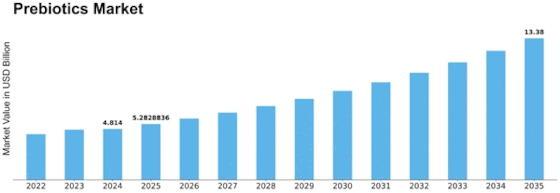

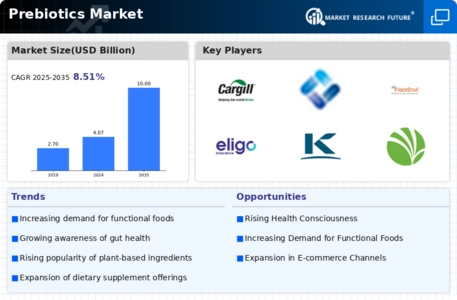
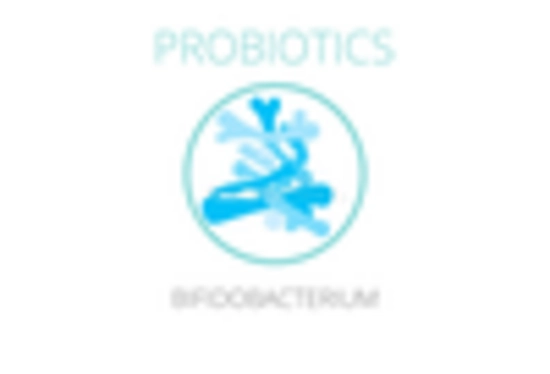

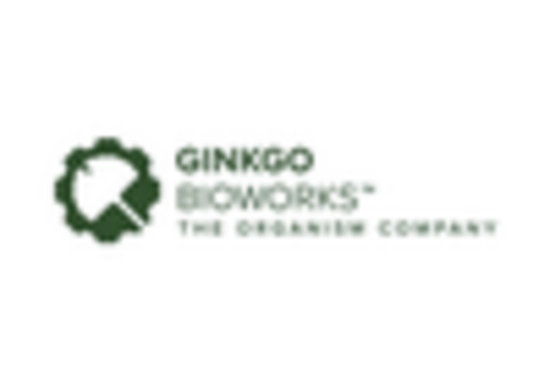
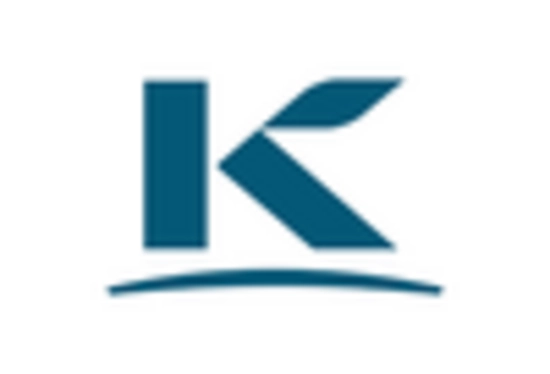











Leave a Comment